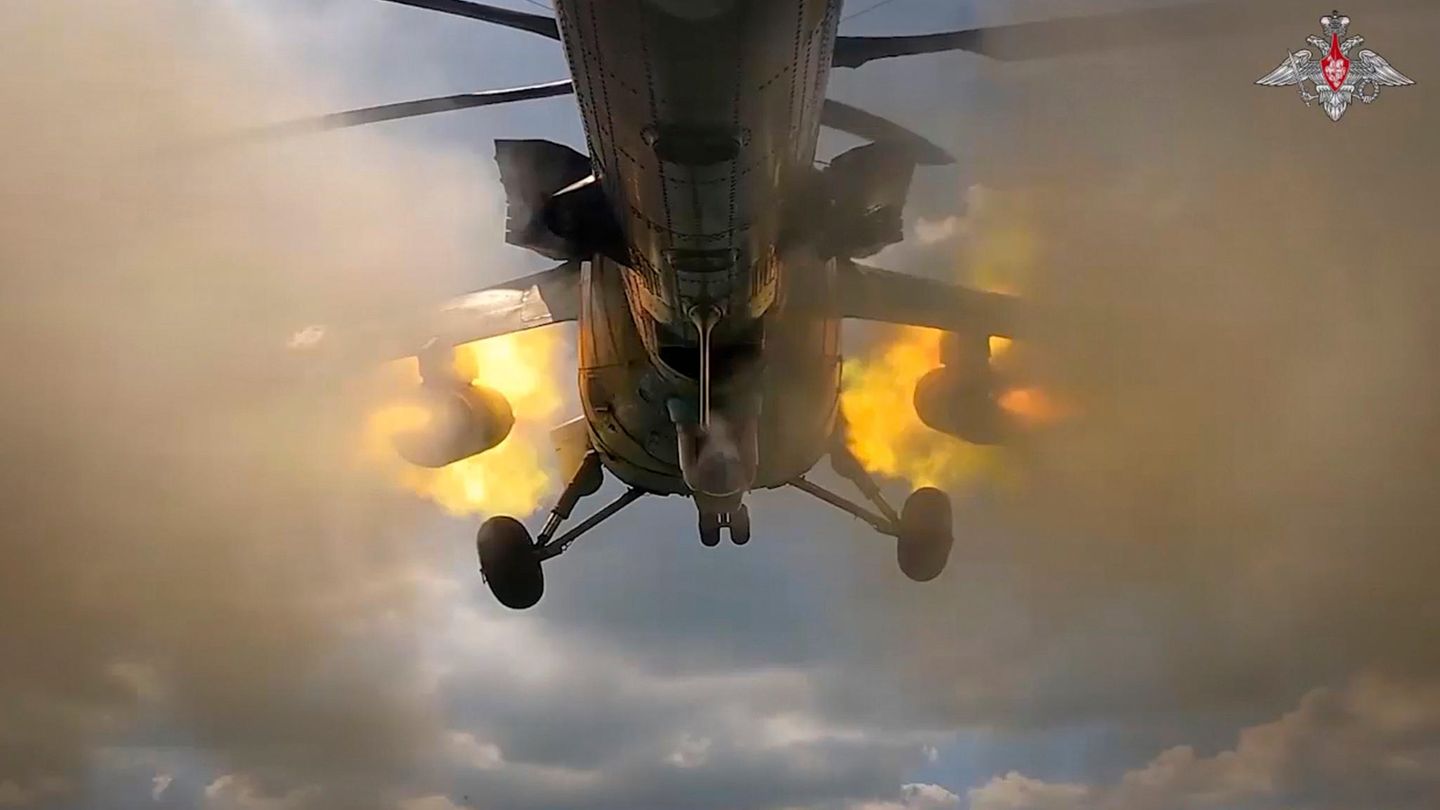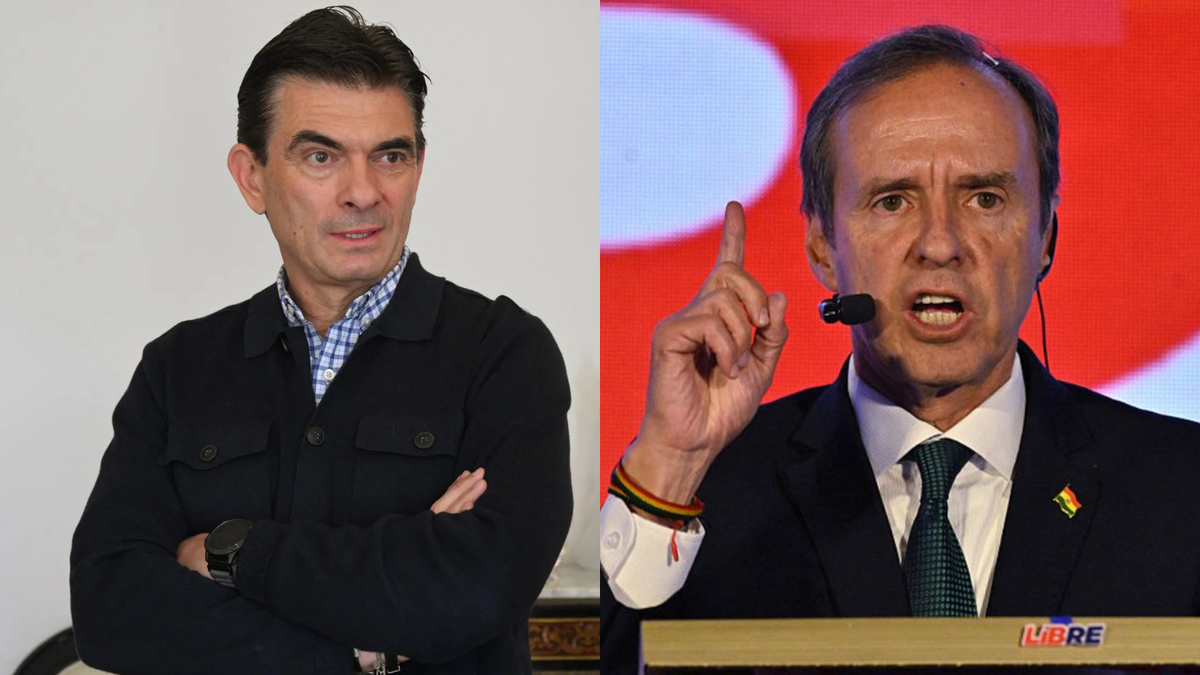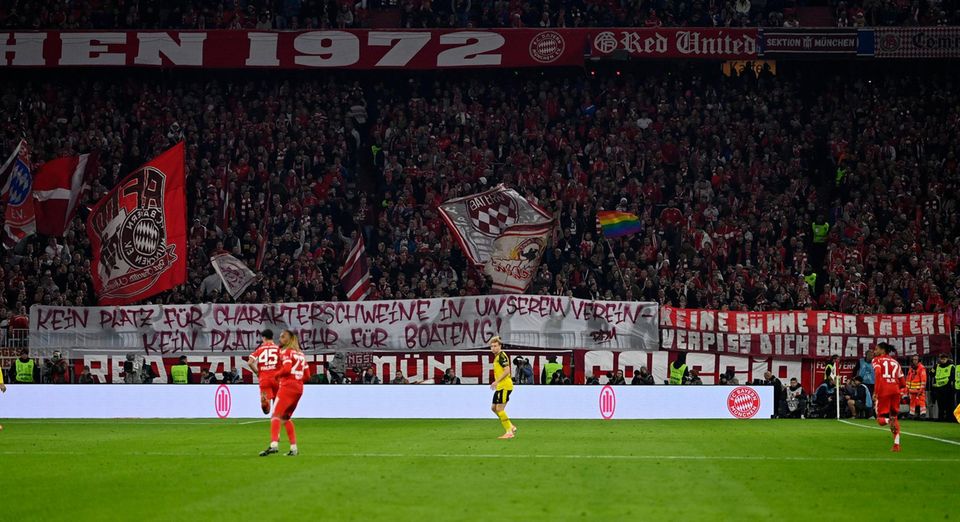In the Kursk region, the Ukrainians have occupied over 1,000 square kilometers. The Russians are resisting the invasion, but they are far from launching a major counter-offensive.
About three weeks ago, Ukraine launched a surprise attack towards Kursk. Small commando troops penetrated deep into Russian territory, followed by regular troops.
The operation was made possible because the Russian leadership overlooked or misjudged the preparations for the Ukrainian offensive. At the same time, the region was barely fortified. Barely trained conscripts could not stop the Ukrainians. And the few combat-ready Russian troops were simply bypassed by the Ukrainians because, unlike in the Donbass, there was no multi-layered system of mutually covering fortifications. Three weeks later, the Russians were still unable to completely stop the Ukrainian advance. However, it was slowed down and the Ukrainians were barely able to advance any further into the country.
The collapse at Kursk could become even bigger
But that is not the end of Kiev’s options. There are reportedly other brigades in the region that can intervene in the fighting. At the moment, the Ukrainian incursion is shaped like a hand or a cloverleaf. It reaches the towns of Komarovka, Korenewo, Ol’govka, Semenovka, Malaya Loknya and Martynovka. But it could spread to the west. There, the Ukrainians have destroyed the bridges over the Seym River and also successfully attacked the military pontoon bridges. Supplying the Russian troops in the snippet between the river and the Ukrainian border is made much more difficult. If the Ukrainians conquer this zone, the area under their control will increase significantly, and the course of the river will help with the defense.
Counteroffensive requires preparation
What has Russia done so far? On the ground, individual battalions have been brought in, which have blocked important roads in towns and have also launched counterattacks. The Russians have not yet succeeded in building a continuous defense. Instead, they have brought mobile hunting groups into the region. This has also made it risky for the Ukrainians to bypass Russian positions and advance along dirt roads in the forest, for example. Their convoys can be attacked by Russian commandos.
All in all, the Russians have too few soldiers in the region for defense, let alone a major counterattack. There is also a lack of heavy weapons such as tanks and armored personnel carriers. Russian firepower in the region comes from drone units that can be deployed very quickly and a wasteful use of long-range Iskander missiles. This will not be enough to drive the Ukrainians out of their front line. From a purely military perspective, recapture is not necessary, but for political reasons the Kremlin will probably not want to tolerate the Ukrainians permanently conquering Russian territory.
The Russian offensive in Donbass does not involve any risky maneuvers; the Russians are working slowly but systematically. But such an approach in the Kursk region requires a long preparation period. Not only do numerically superior troops with tanks and artillery have to be brought into the region, but protected positions and fortifications have to be built for them. For this, the entire logistics of a major offensive have to be set up, from repair workshops and medical stations to ammunition depots. At the same time, the Ukrainians will use the time to fortify the conquered areas with positions of their own. Both of these things will mean that – even if the Russians are successful – it will take months to actually recapture the area.
Loss-making battles at Kursk
Until then, both sides are trying to inflict heavy losses on their opponents. The Russians have the structural disadvantage that they have to bring their troops and equipment along a limited number of routes and can be attacked in the process. The Ukrainians have the problem that their advance is being attacked by the Russians with long-range weapons and deadly glide bombs. The Russians’ primary target is the valuable multiple rocket launchers and air defense systems that Kiev has brought to the Kursk front. Kiev’s hope is that the allies will allow deep strikes into Russian territory so that they can attack Russian airports and supply hubs in order to permanently weaken Russian power.
Putin’s revenge
Putin’s calculations are different. Even if he needs a long preparation time for Kursk, he is not idle in the east. Russia hopes that Ukrainian resistance there will weaken more and more and that its own armed forces will be able to take over key positions and cities. And that they will be so successful that Kiev will have to call off the Kursk operation in order to plug the gaps in the front in the east. To this end, Putin’s ally Belarus has brought troops to the border with Ukraine, which should force Kiev to move its own troops to the border.
Putin’s expected revenge reaction came on Monday, August 26. Russia launched a large-scale attack with rockets, cruise missiles and drones that covered the entire Ukraine. The main target was the energy infrastructure. The airport where the F-16 fighter jets are stationed was also allegedly attacked. Another very threatening attack is the dam of the “Kiev Sea”, a huge reservoir twice the size of Lake Constance. The next few days will show whether the attack was a one-off show of strength, whether Moscow can continue the strategic air offensive against the Ukrainian infrastructure with this intensity.
Source: Stern
I have been working in the news industry for over 6 years, first as a reporter and now as an editor. I have covered politics extensively, and my work has appeared in major newspapers and online news outlets around the world. In addition to my writing, I also contribute regularly to 24 Hours World.




